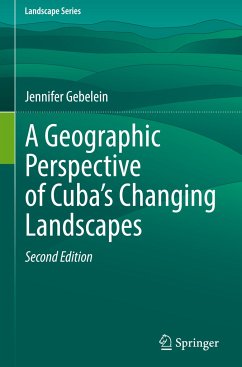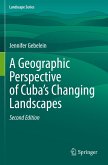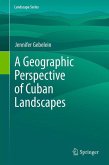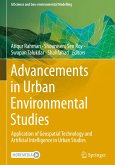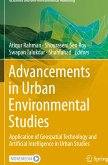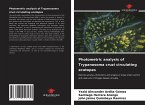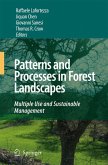This book is based on research that gives the reader a nonfiction view of how Cuba's landscape has changed since the time when Columbus first set foot on the island and encountered the Indigenous peoples who lived there in 1492 to present day.
An analysis of landscape change over time is presented and that transformation from a heavily forested island to less than (currently) 18% forest cover is described. The government has established a system of protected areas and strong governmental controls over environmental policies and the manner with which the island can be built upon by foreign investors, urban expansion projects, or natural resource exploitation.
Current GIS and remote sensing research of Cuba's atmosphere, physical landscape and aquatic features is provided to underscore the complex environmental structures that epitomize Cuba.
The author discusses past, present and future impact factors including history, technological assessments, laws andpolicies, relationships with other countries and education.
An analysis of landscape change over time is presented and that transformation from a heavily forested island to less than (currently) 18% forest cover is described. The government has established a system of protected areas and strong governmental controls over environmental policies and the manner with which the island can be built upon by foreign investors, urban expansion projects, or natural resource exploitation.
Current GIS and remote sensing research of Cuba's atmosphere, physical landscape and aquatic features is provided to underscore the complex environmental structures that epitomize Cuba.
The author discusses past, present and future impact factors including history, technological assessments, laws andpolicies, relationships with other countries and education.

